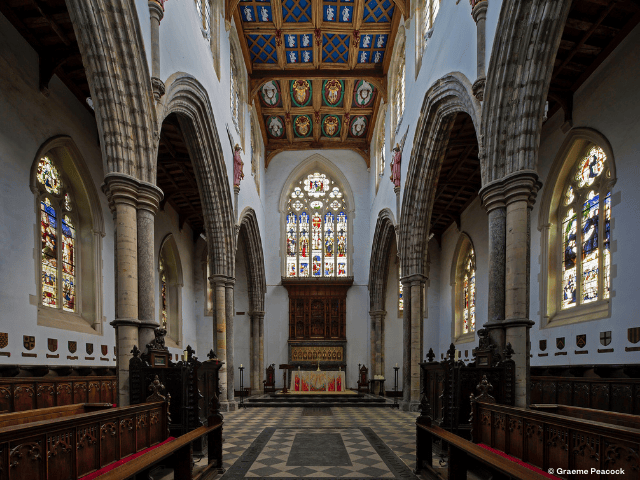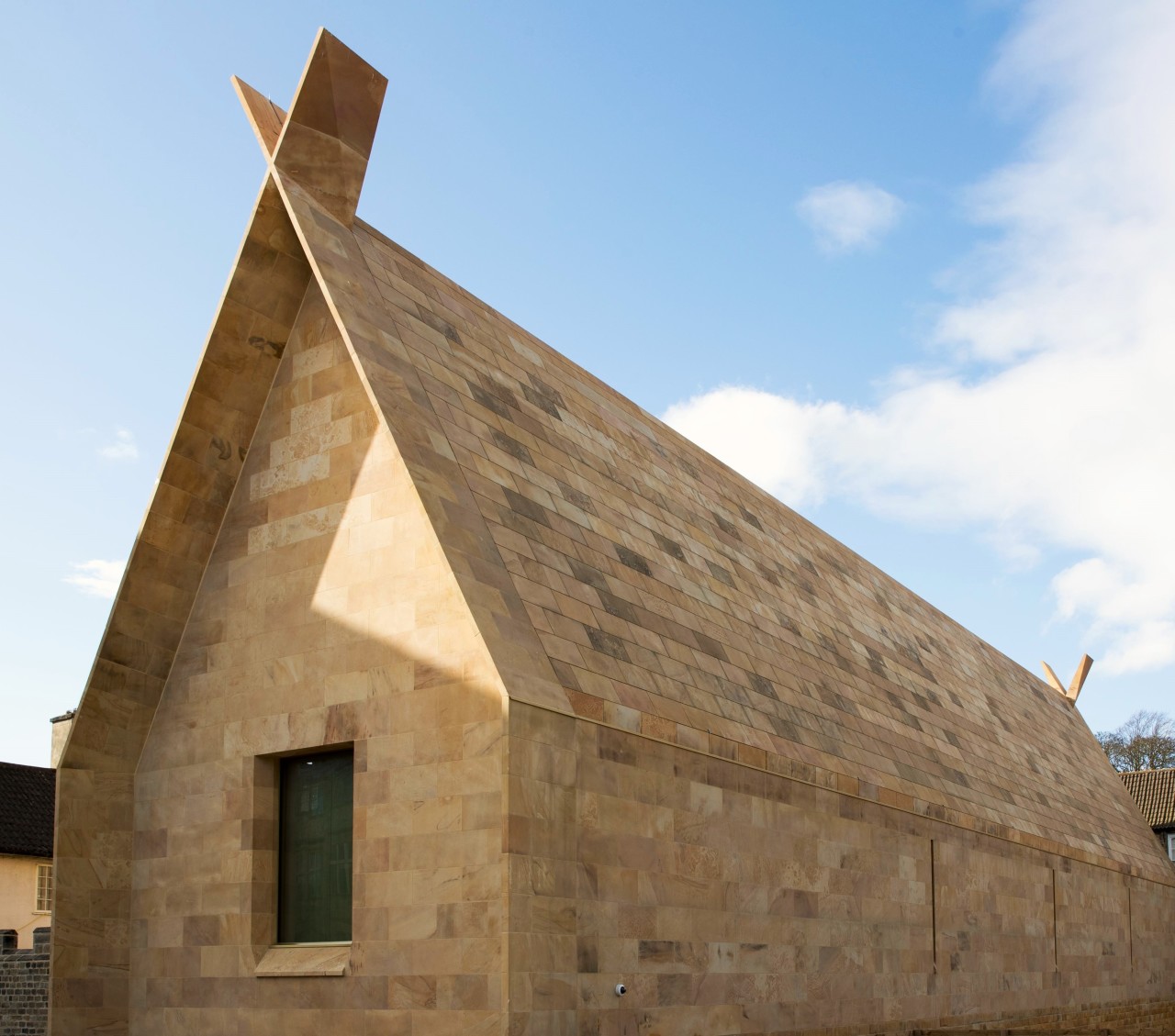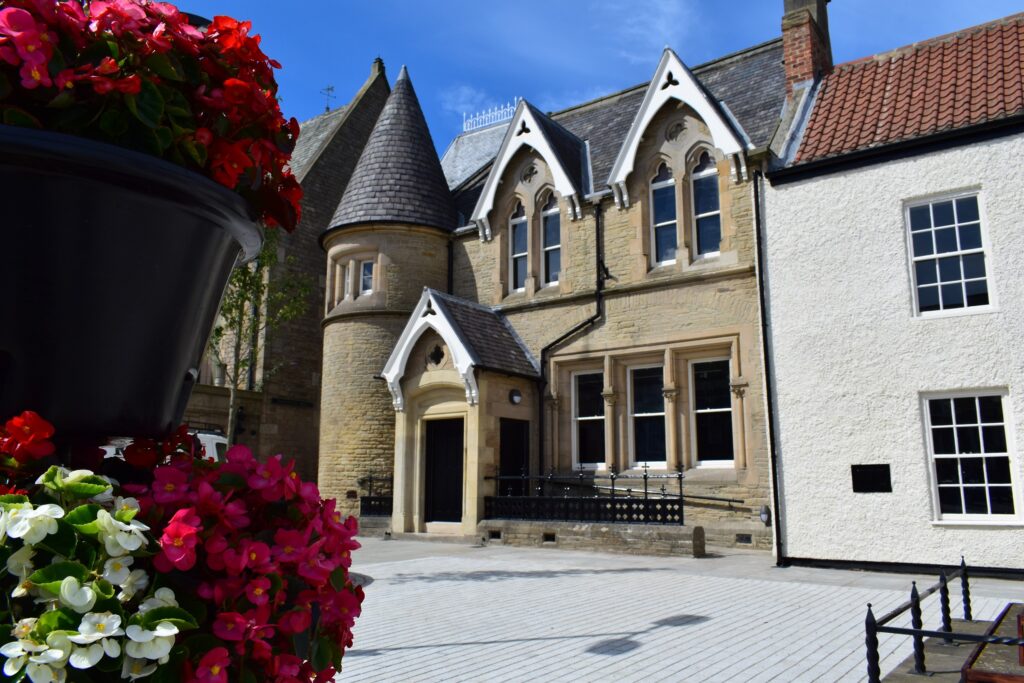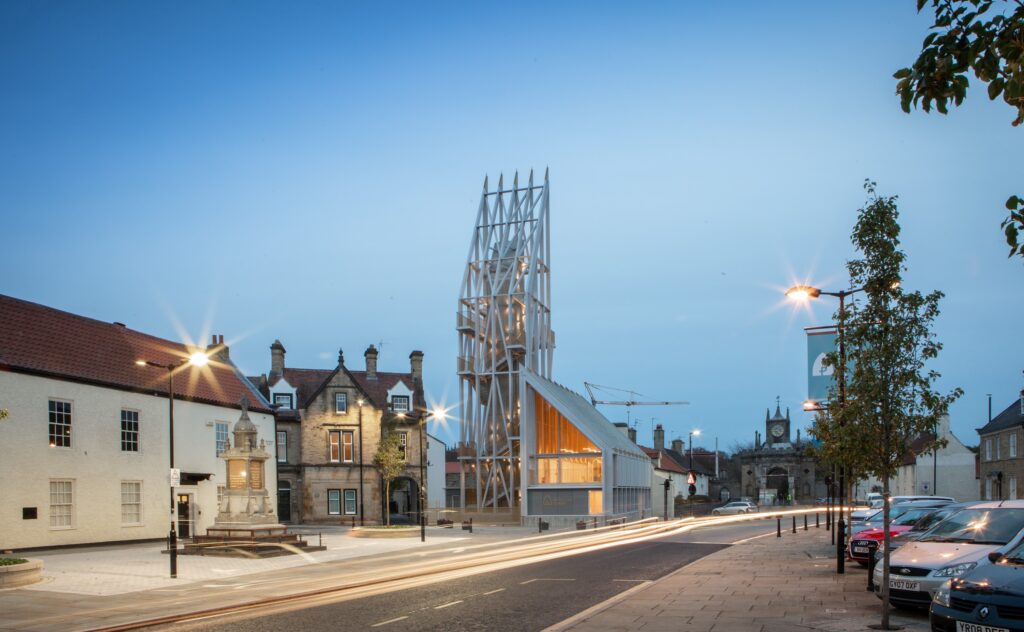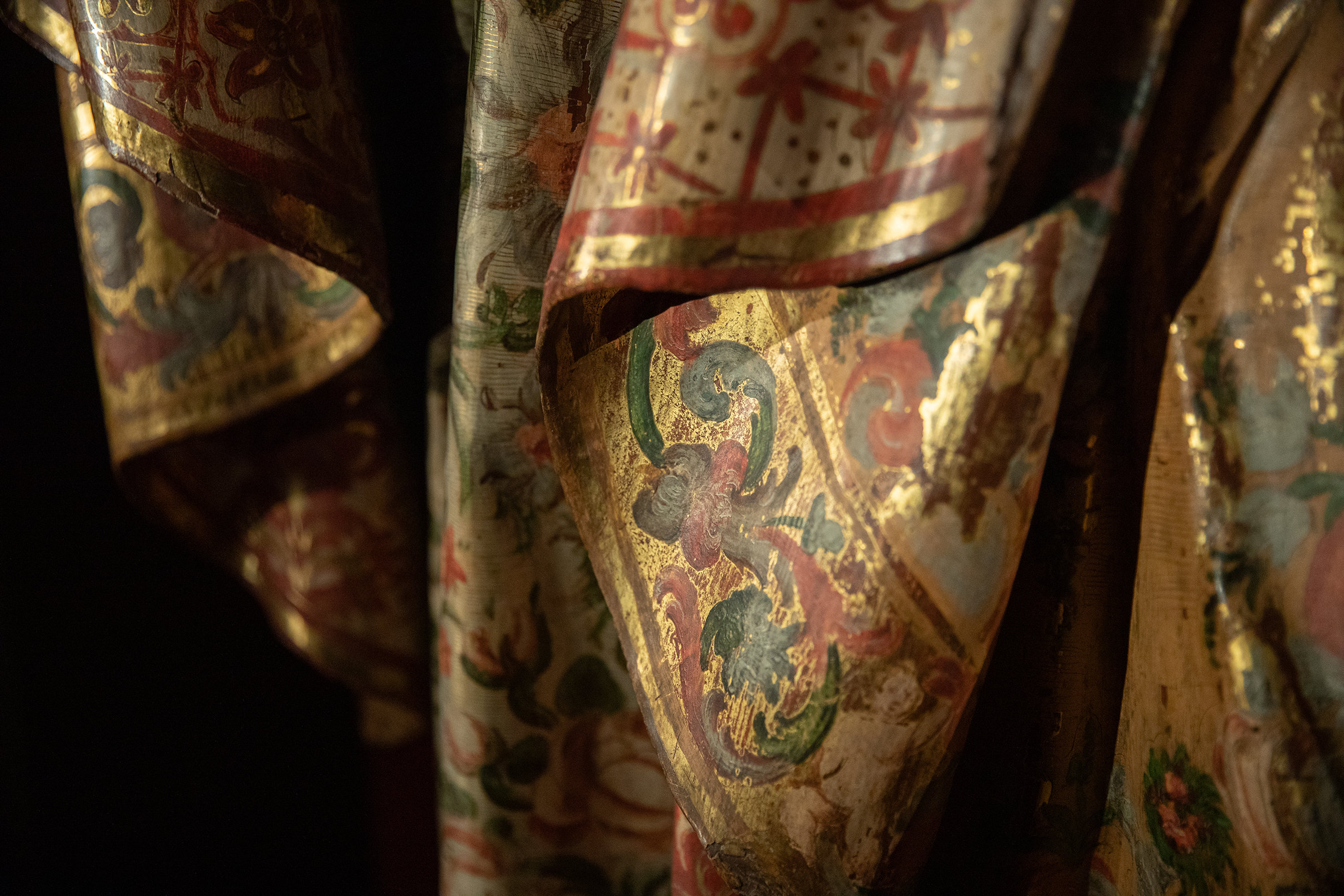
Henry VIII’s lost tapestry
The Auckland Project hopes to purchase Henry VIII’s extraordinary lost tapestry, which is now for sale from a private seller. If this process is successful, the tapestry will go on display for the public in the Faith Museum in Bishop Auckland, a new museum exploring encounters with faith in Britain through time.
Jonathan Ruffer says…
“Besides being the ‘Holy Grail of Tudor tapestry’, this tapestry is effectively the birth certificate of the Church of England. If you can give £20 then you join a swelling chorus of voices that roar for the tapestry to be where it belongs. If you can give more, then please do so.” – Jonathan Ruffer, Founder, The Auckland Project
The Story So Far...
Around 1535, Henry VIII commissioned a monumental tapestry, nearly twenty feet long. Its subject-matter was ‘St Paul burning the heathen books’ – a powerful statement, confirmed in gold-braid, that Henry was now the Supreme Head of the Church of England.
For over 200 years the tapestry was thought to have been destroyed.
Yet in 2014 conservators made an extraordinary discovery: ‘St Paul Directing the Burning of the Heathen Books’ had survived in a private collection in Spain. Currently the tapestry is not on display in Spain, as it is owned privately.
We hope that the Spanish authorities will generously consider an export licence so that we can purchase this Tudor treasure for public display in the Faith Museum.

Why is the tapestry so significant?
“There are two reasons why objects form the fabric of a nation. One is they are exceptional pieces of art; the other is because they have a particular resonance in the story of the nation. Here, both are the case… Besides being the ‘Holy Grail of Tudor tapestry’, this tapestry is effectively the birth certificate of the Church of England.” – Jonathan Ruffer, Founder, The Auckland Project
The tapestry is a significant work of art in its own right, and a rare glimpse into Henry VIII’s thinking as he changed the course of history. Henry VIII used textiles, and especially tapestry, to convey power and status: on his death he owned over 2,400 tapestries.
‘St Paul directing the Burning of the Heathen Books’ is a monumental tapestry, 5.8 x 3.5m, depicting the Life of St Paul. The tapestry, commissioned around 1535, was among the most expensive works of art commissioned by Henry VIII and, with its unusually lavish gold content, represented the highest achievement of this art form.
Until recently thought lost to history, the tapestry is in extraordinary condition and its colours remain unusually vivid. The tapestry marries the draughtsmanship of Pieter Coecke van Aelst, demonstrating his architectural knowledge and experience of Italian Renaissance art, with the outstanding craft of the Flemish weavers, likely under Paulus van Oppenem.
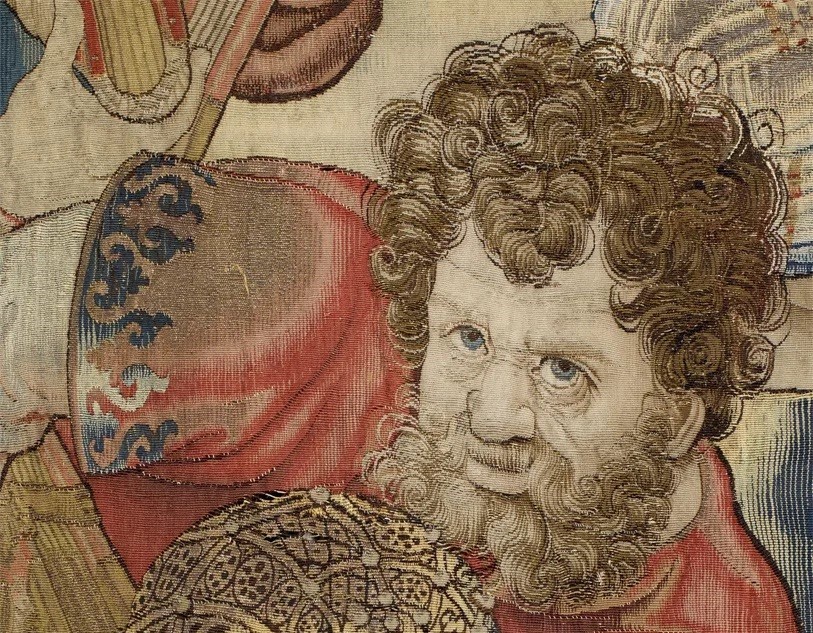
Future Home
Auckland Castle has such a link, both via the Prince Bishops of Durham, and in a new Faith Museum exploring encounters with faith in Britain over 6,000 years of history.
Auckland Castle is linked to Henry VIII via the Prince Bishops. Cardinal Wolsey, Henry’s Lord Chancellor, was a Prince Bishop of Durham, and Bishop Cuthbert Tunstall, another Prince Bishop of Durham, was instrumental (as Bishop of London) in burning copies of Tyndale’s Bible.
Auckland Castle is now home to a new Faith Museum and Bishop Auckland is a natural home for a new museum about faith: the North East was the cradle of Christianity in the UK and Bishop Auckland an important early Christian site. Close to the town, excavations have yielded some of the country’s very earliest Christian relics, predating the legitimising of Christianity in 313AD.
Visitors will therefore be able to see the tapestry within the historical context of its commissioning and alongside artefacts closely associated with this era: a rare copy of a Tyndale bible which survived the burnings, and a portrait of Sir Thomas More in the last week of his life, for example.
Auckland Castle and the Faith Museum are part of The Auckland Project’s collection of heritage attractions, galleries and gardens in the historic town of Bishop Auckland.
How can you help?
We have been overwhelmed by the support for our campaign to save Henry VIII’s lost tapestry and bring it to the Faith Museum. Over 1,000 members of the public have now given via Just Giving, from here in Bishop Auckland to the US, Canada and Australia.
We’ve had lots of offline gifts too and in total over 1,300 people have helped us raise well over £1m, along with charities and companies from the UK and beyond.
It’s an extraordinary response and we hope that everyone might soon have the opportunity to see the tapestry that together we are trying to save for the nation.
